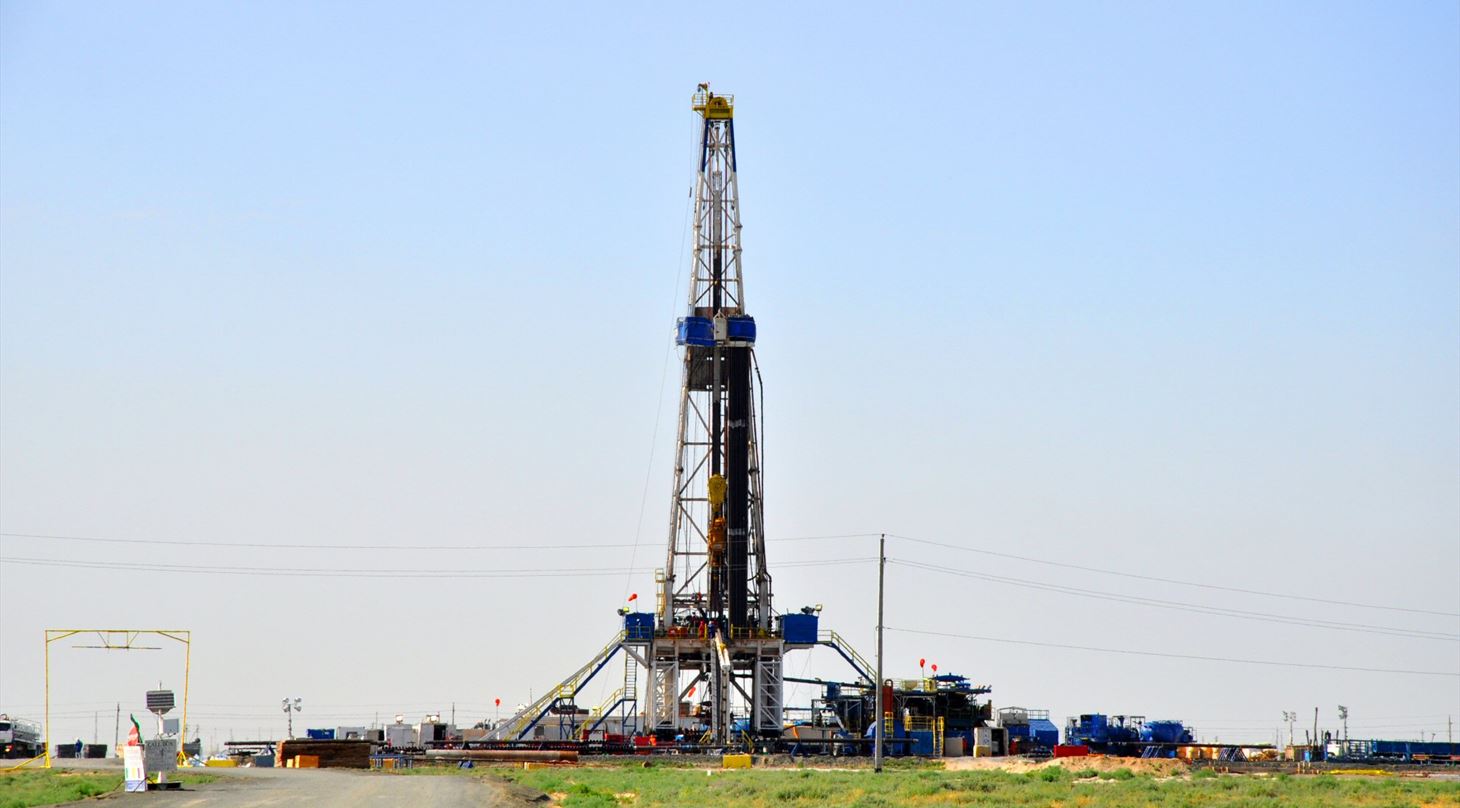
Simple communication standard sends data from 300 meters depth
Danish Technological Institute has defined a communication standard, which via cable connection sends data from a probe at 300 meters depth and up to a computer on the surface. The solution is part of the Shale Safe project enabling continuous measurements of the groundwater near shale gas drilling.
In the Shale Safe project, Danish Technological Institute has been challenged to find a communication standard that can send data from a probe at a depth of 300 meters. In the probe you find a series of sensors that measure gas and humidity at shale gas wells. Sensor head developed in the project and implemented sensor technology must increase the environmental safety of shale gas drilling and ensure continuous groundwater measurements.
In addition to the physical conditions, the communication protocol should keep power consumption to a minimum since power supply derives from a battery placed on the surface.
- A LAN connection uses too much power and is therefore not appropriate. Therefore, we have chosen the RS485 standard, which is a simpler communication standard that can transmit data over long distances. At the same time, RS485 has sufficient bandwidth for the data which we need to send to the surface. Also, RS485 can be designed to keep power consumption down, says senior consultant Simon Møiniche Skov, Danish Technological Institute.
In addition, he explains that a wireless connection was not an option due to the well diameter of just 5 cm and the fact that the communication takes place from a tube made of iron.
Danish Technological Institute has therefore chosen a physical connection that communicates from the probe and up to a surface unit consisting of a computer with database and a battery that supplies power to the connection.
The English company HGL will commercialize the solution and they have programmed the communication with their own request / response protocol defining what kind of data a user can ask for. Requests can eg. be made for measurements on conductivity, methane level and VOC. In addition, the environment in the probe can be examined for humidity etc.
HGL has developed the communication further and they are planning a final test just before the Shale Safe project finishes June 2019.